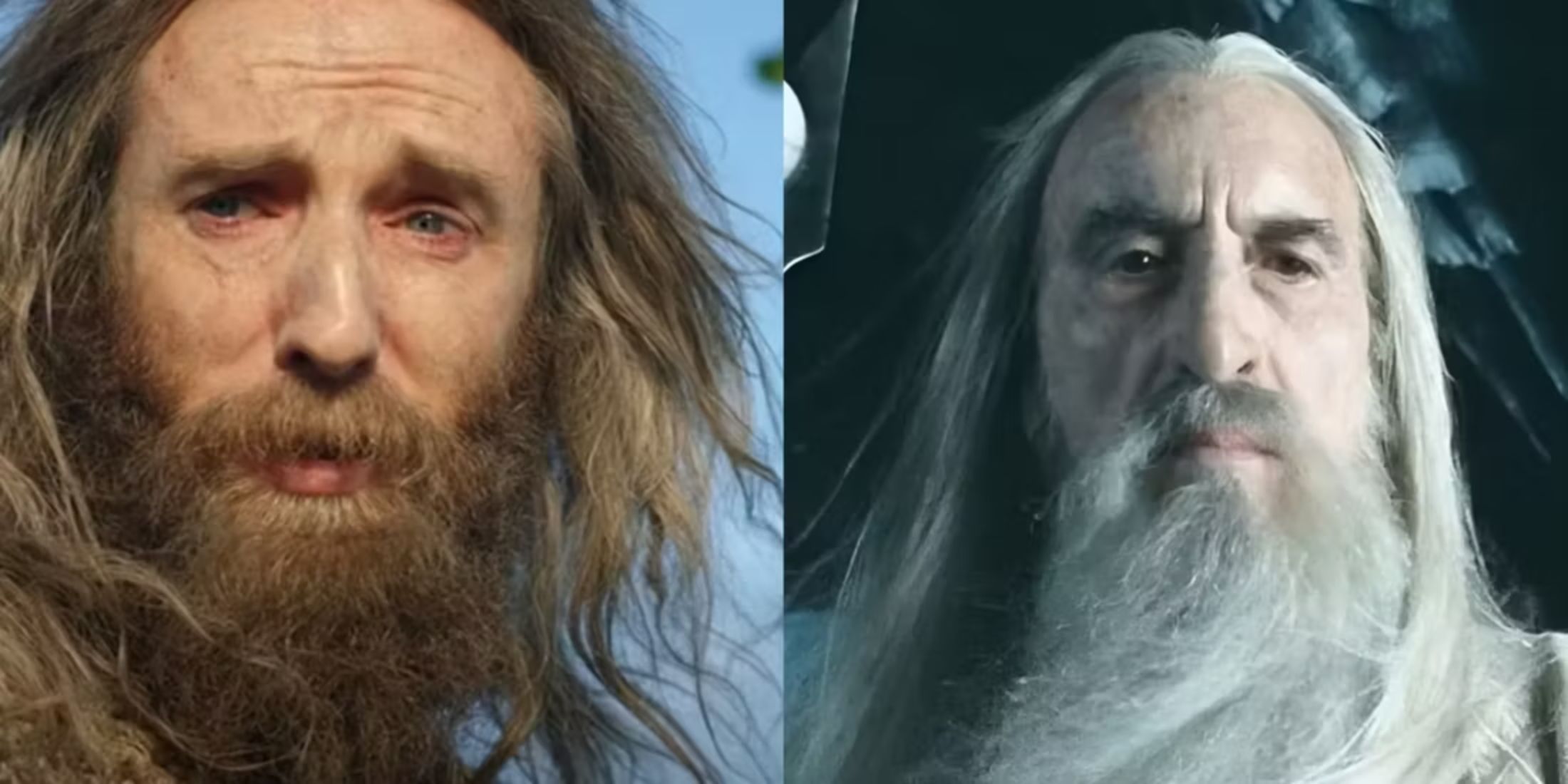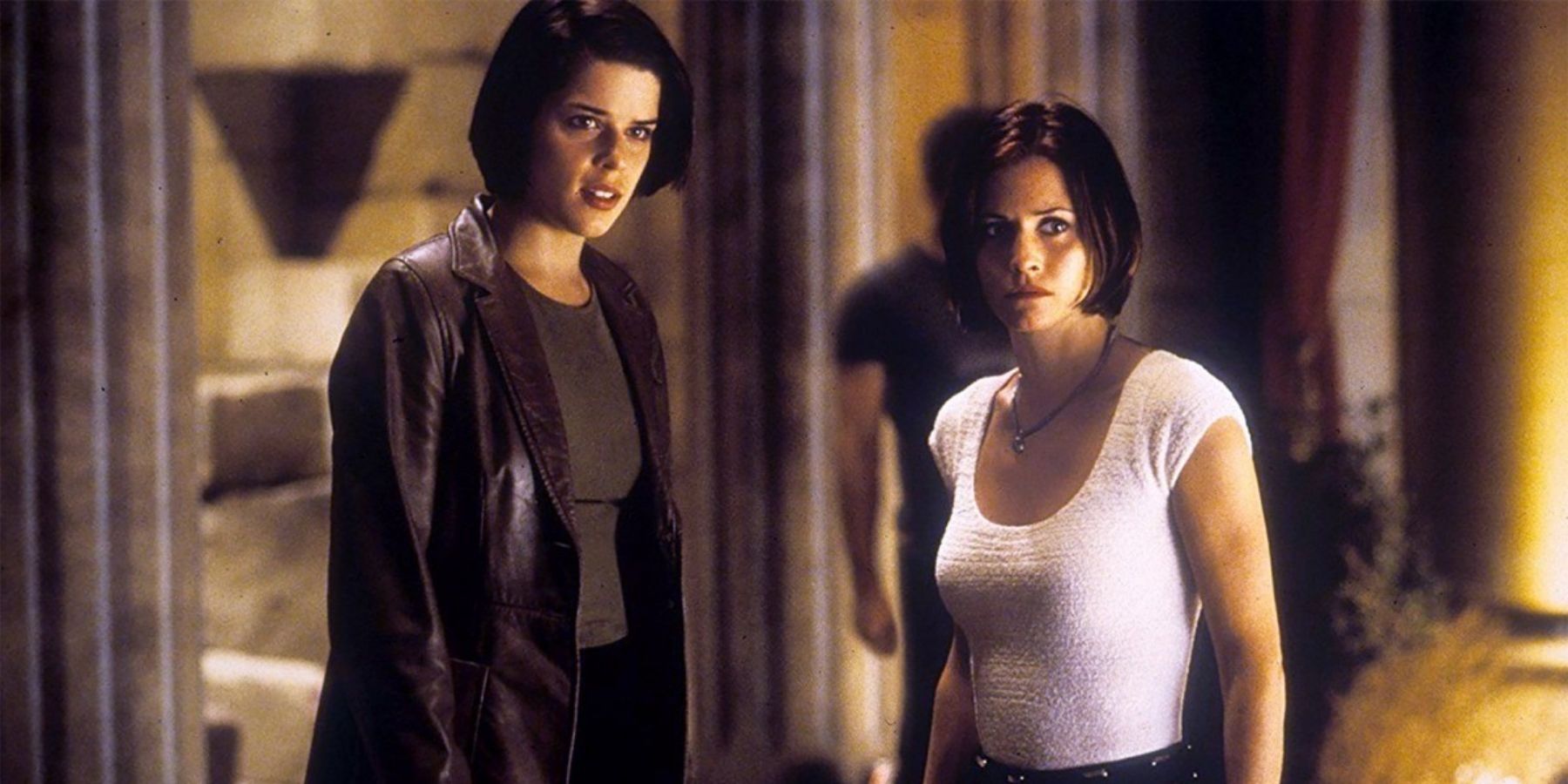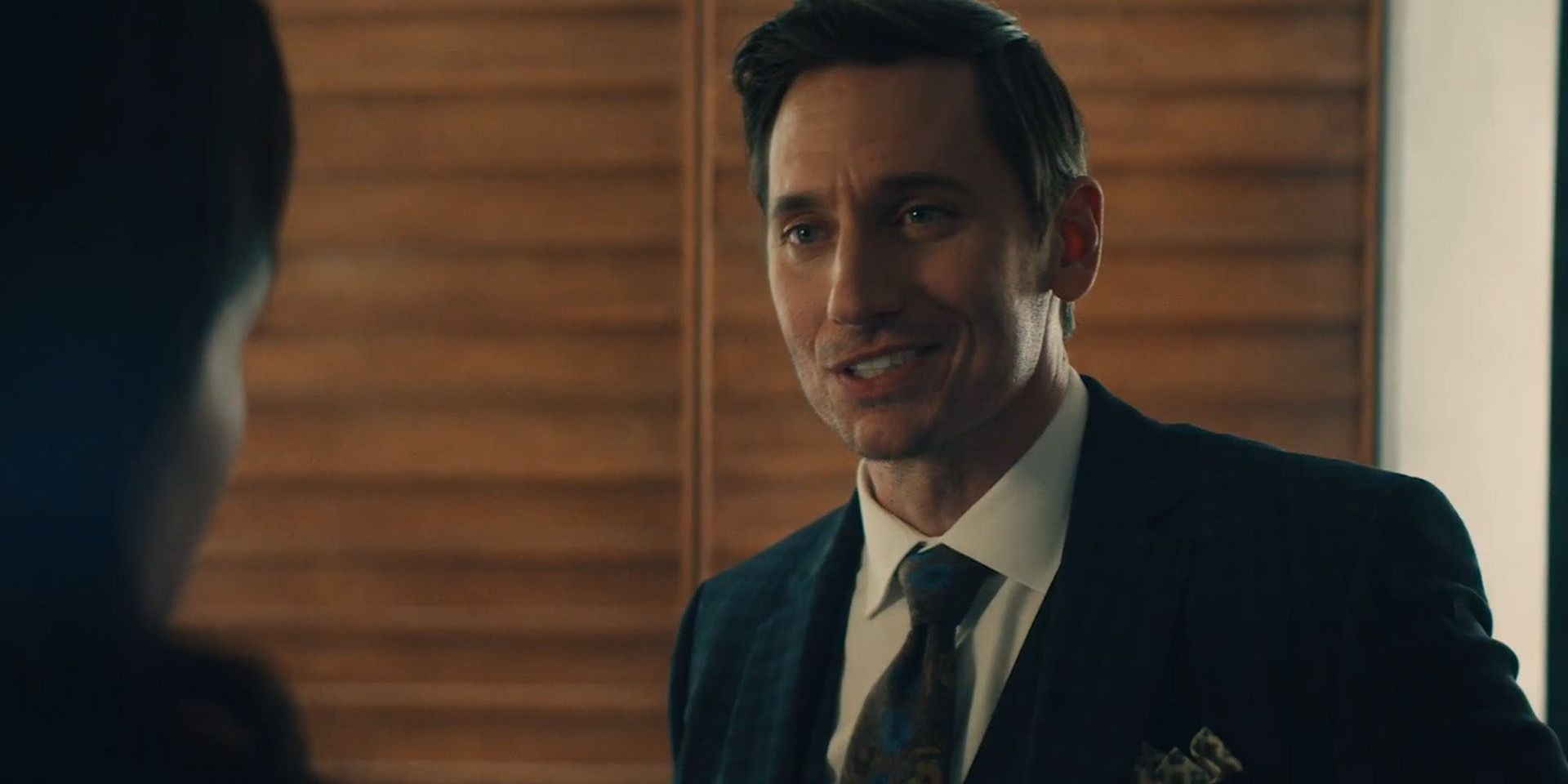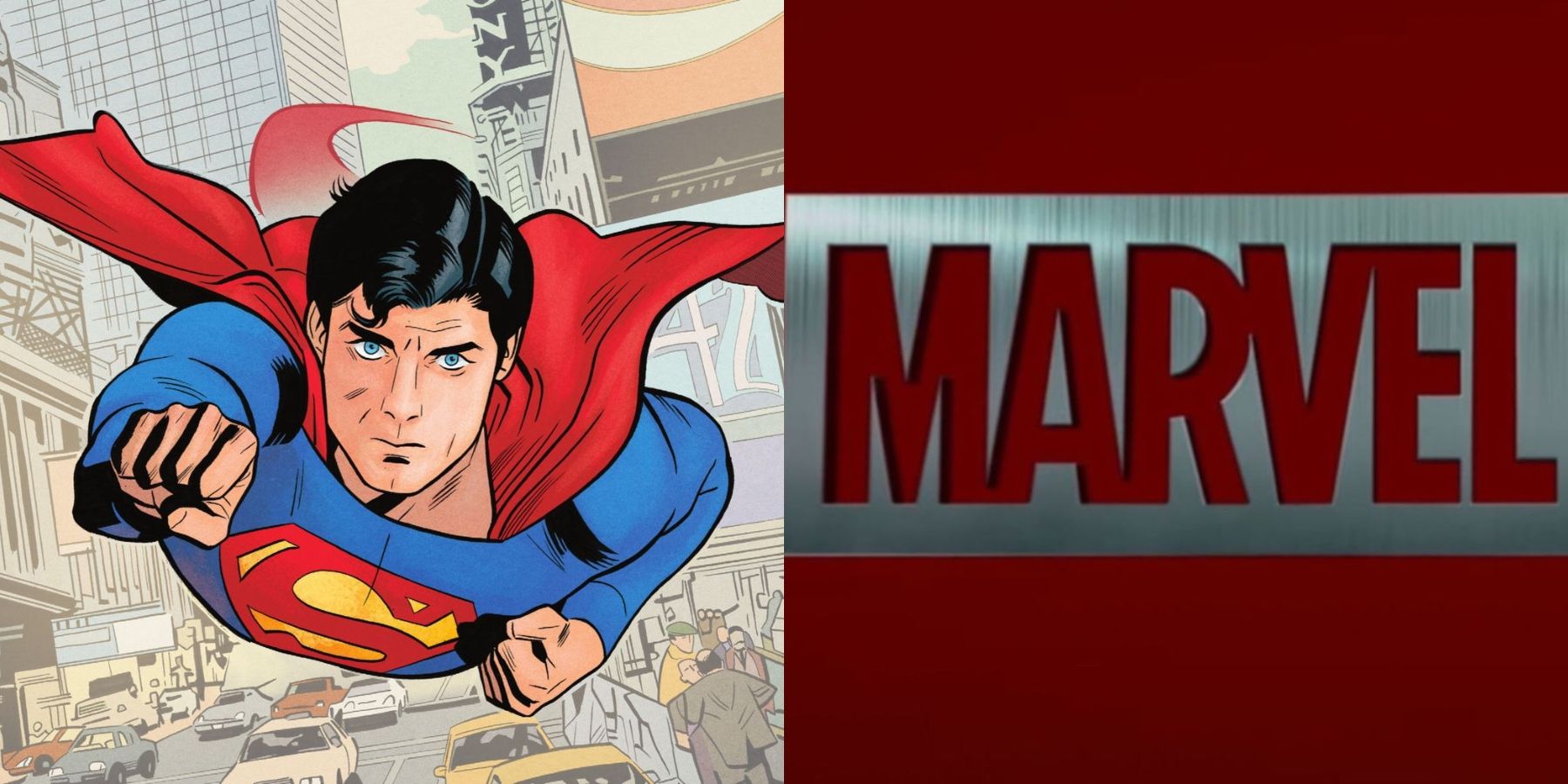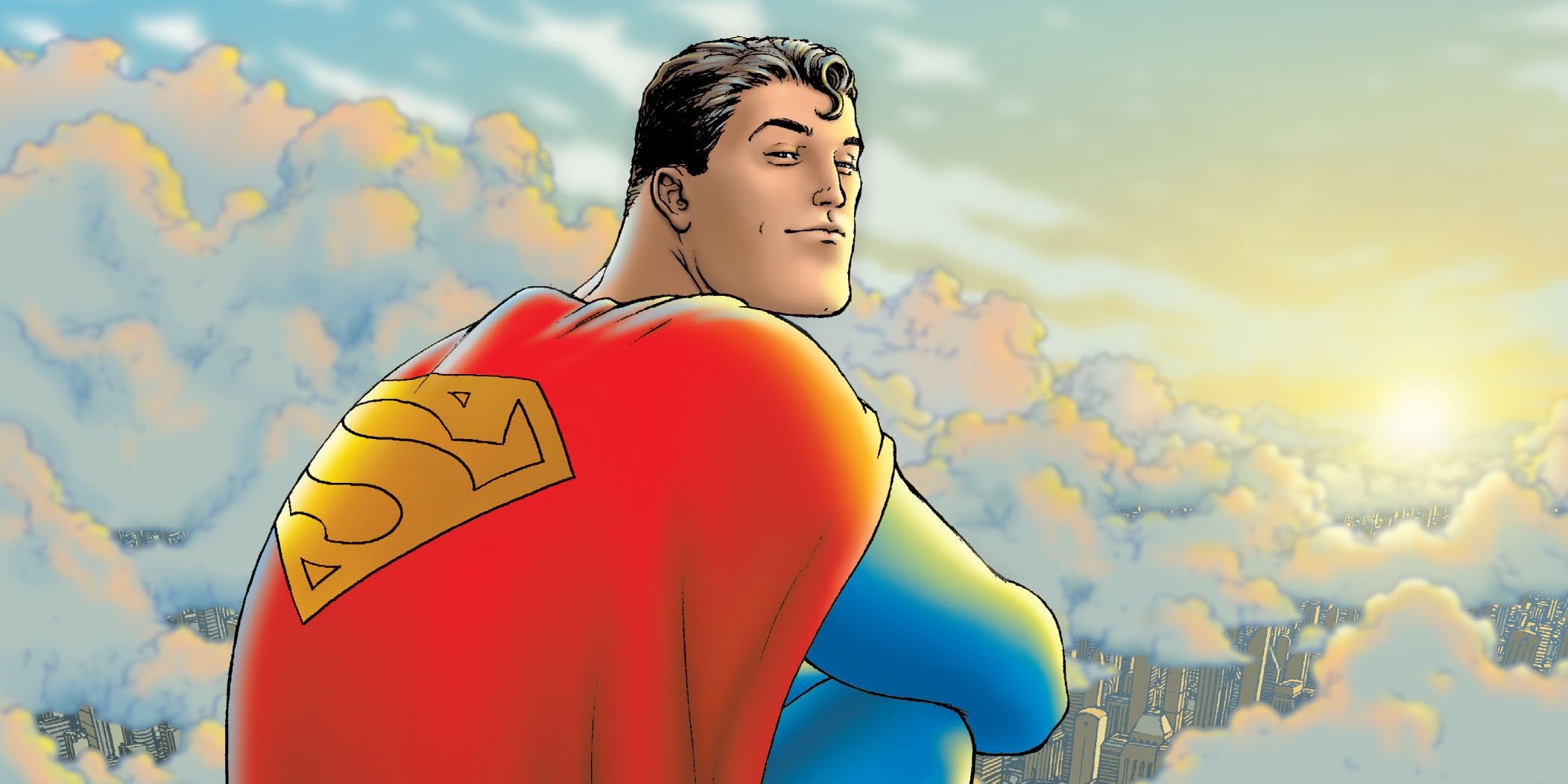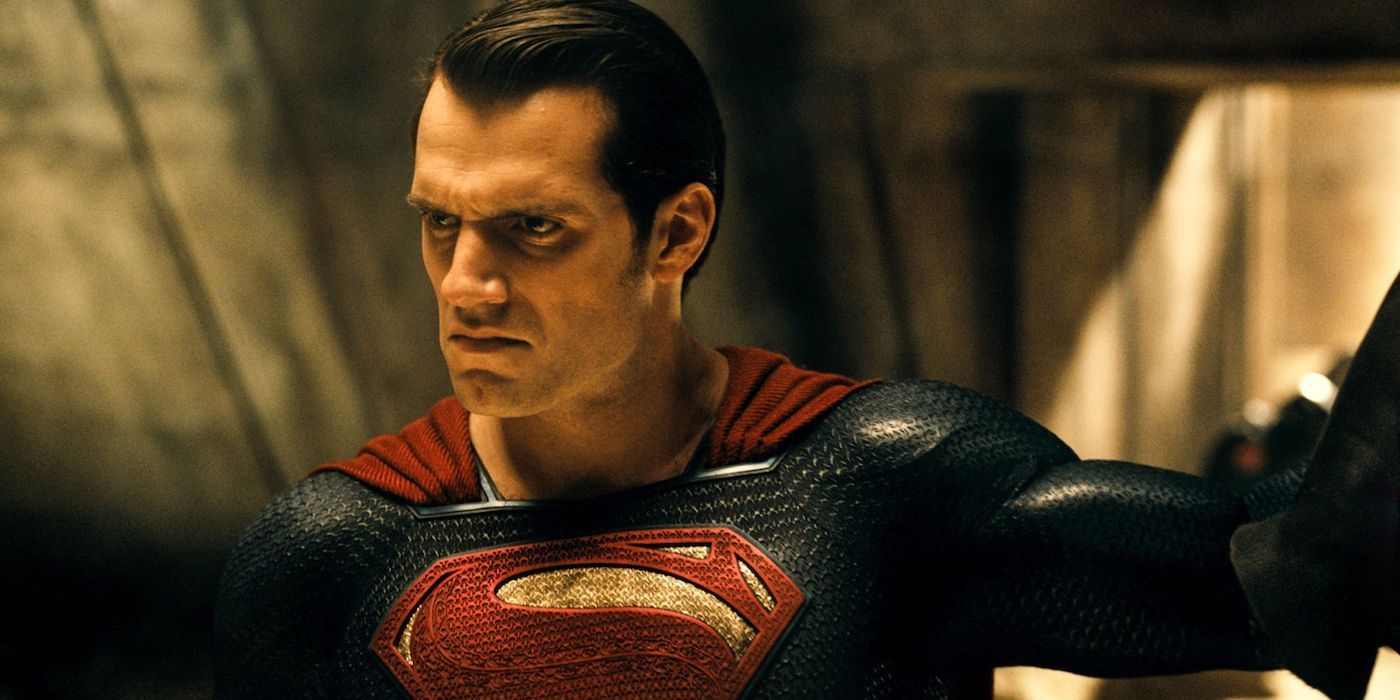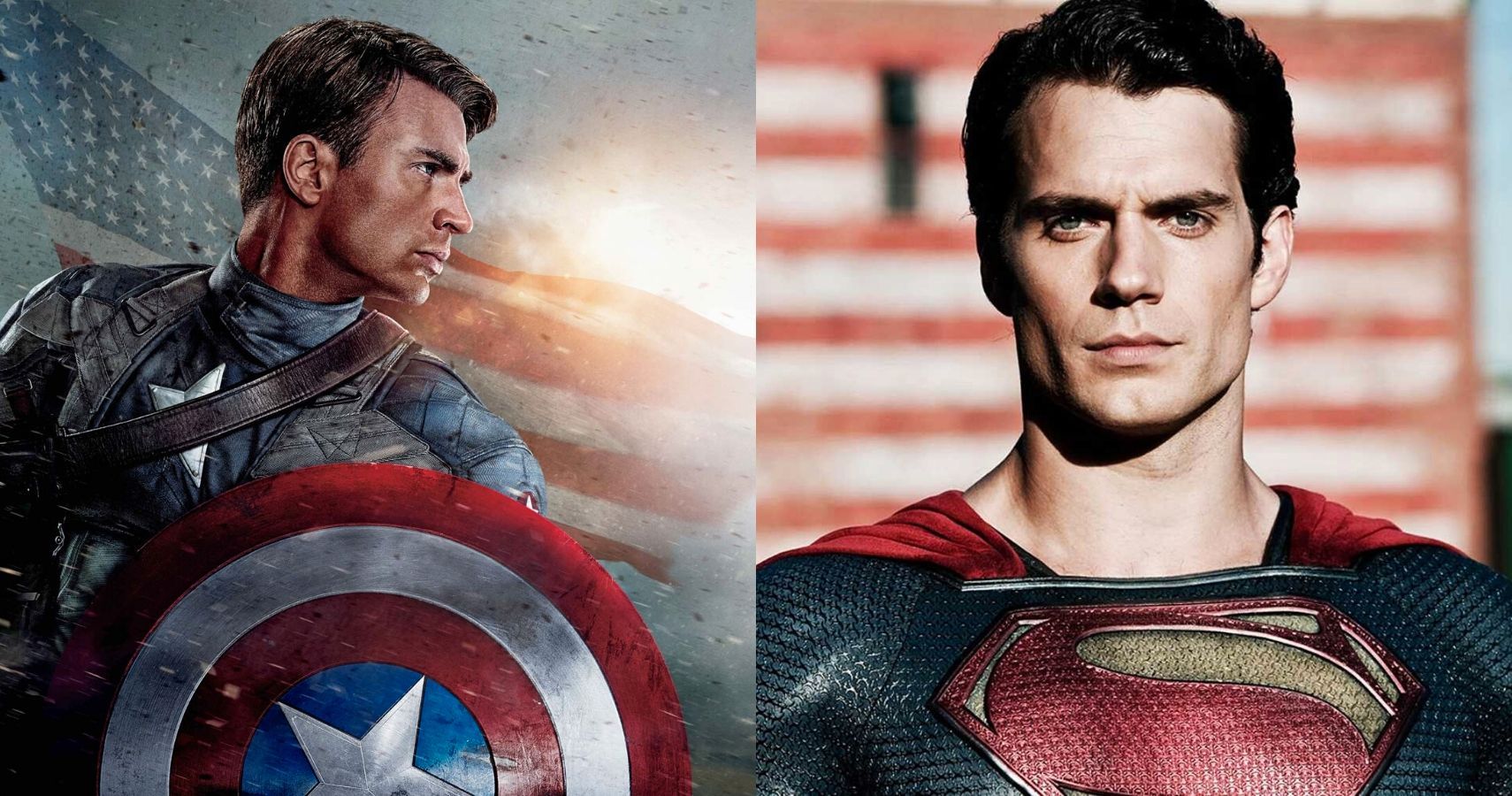Warner Brothers, tired of playing catch-up to Disney’s Marvel films, has opened the doors on expanding its own universe by allowing different creators to play around in the sandbox. This also opens the doors to new takes on its major properties such as Matt Reeves' recent The Batman film or the upcoming reboot of Superman.
Warner let business sense take over and allowed all the creators that were clamoring to tell stories using their vaunted characters have a seat at the table. With Henry Cavill still on the table for a future Superman flick, as well as an announced project directed by J.J. Abrams and written by Ta-Nehisi Coates, there’s room to take the character beyond the recent dour version that’s dominated the big screen.
The S Means Hope
When Richard Donner’s Superman first came to theaters the year after Star Wars, 1978, it did so utilizing the character that kids in the 1930s and ‘40s, as well as those who grew up with postage-stamp sized TVs in the 1950s knew and loved: the beloved savior of not only Metropolis, but the world. Superman came to the big screen with the tagline, “You’ll believe a man can fly.”
There was a reason Superman was as popular a character as he was in the first half of the 20th century, and it wasn’t just that, unlike the Batman, he was the first based on a truly original idea rather than dressing an already established pulp character in different clothes (like how Batman was a loose copy of The Shadow). Superman was a being who represented the best of humanity, who took on the Nazis during the dark days of WWII, whose increasing powers (going from being able to leap tall buildings in a single bound to outright flight, for example) mattered in a world that then became dominated by the Cold War and threat of nuclear annihilation. Children latch onto such talismans, and with good reason.
Superman, whose S came to mean more than just his name, came to mean “Hope” in the Kryptonian alphabet, is a character who represents that last little thing left in the box after Pandora has let out all of the evils of the world. He’s aspirational—he’s Mr. Rogers if bullets bounced off his sweater-clad chest and he could stop airplanes from crashing.
Hope Is A Good Thing
“Remember, hope is a good thing, maybe the best of things,” Andy Dufresne says to his prison pal, Red, in The Shawshank Redemption. It’s something to tuck away during these days of wars, of increasingly partisan politics, of climate change events happening on the regular now. It’s something to have at least one hero in the DCEU represent in a world that feels increasingly hopeless.
Like Captain America or Spider-Man, Superman is a person who is supposed to have his head screwed on right from the get-go, who helps no matter what and no matter the odds, Ma and Pa Kent having instilled the lug with the same virtues Uncle Ben taught Peter Parker: That with great power comes great responsibility, a feeling that Zack Snyder didn’t share. Superman’s greatest stories involve a character like Lex Luthor for a few reasons, not the least of which is Lex’s inferiority over being a man of incredible wealth and power yet being nothing but a baby in the face of a being that can go faster than a speeding locomotive or shoot laser beams from his eyes.
Superman’s best challenges aren’t when he has to face down any one of a series of increasingly god-like beings from outer space, diminishing the story to nothing more than a contest of who can punch harder, but in the face of having his heart broken by not being able to help enough. If Luthor can arrange it so that a train and a plane are crashing simultaneously and Superman can, literally, only save one, Superman’s been bested. Not being able to save everyone is Superman’s biggest nemesis—instead of him being turned evil by space rays or mind control.
The Path Ahead
So how does the DCU take a Marvel path with the character going forward? On the one hand, they’ve pulled in James Gunn who has brought the same sense of wild humor, effects-heavy action, and general excess to The Suicide Squad (and subsequent Peacemaker series) that he brought to the Guardians of the Galaxy films. But jokiness and humorous use of cursing isn’t the direction that a new Superman should head in.
A being of hope is who the character is—who a man created by two Jewish Americans during the Holocaust was meant to be. If Snyder had wanted to explore a darker Superman after laying the groundwork of making him a true, blue boy scout it might have worked, but from the first film, Man of Steel, the character was overly destructive and allowed to be selfish, in fact, was encouraged to be by his mother who told him that despite his abilities he didn’t owe the world anything. Snyder would have taken an indifferent Superman and made him a bad one, not understanding that an indifferent Superman, a Superman whose heart doesn’t bleed for every single person he can’t save, is already a bad Superman, already the opposite of what the character was meant to be.
Instead, the model is already laid out with the Captain America films. Nobody ever complained about Captain America being a boring character because of his goodness. By going the Captain America route, a man who’s so good his values are seemingly out of touch in the modern world, who faces down corruption and still holds true to those values, they’d have nailed the direction a Superman built for the cynical 21st century should go. Yes, the world has moved beyond the ideals that the 1939 World’s fair embodied, but Clark Kent kept that sense of hope and decided to represent it as best he could in the future that is, showing the world the future that could be. In a world of corruption, a new Superman should always, per the old Max Fleischer cartoons, be fighting “a never-ending battle for truth and justice.”

